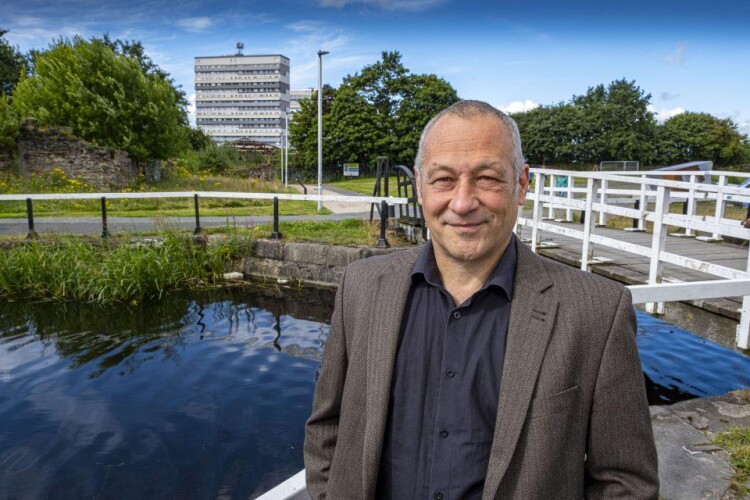The study was carried out by Glasgow Caledonian University in partnership with Scottish Canals and facilitated by The Data Lab.
It revealed a faster rate of decline (3% annually) in mortality rates in urban areas close to canals that have undergone major transformation and regeneration, compared to areas further away.
The research, which looked at the impact of regeneration along the Forth & Clyde Canal in North Glasgow – one of Europe’s most deprived areas – found that significant physical and mental wellbeing benefits can be achieved from investing in regenerating urban waterways.
The study analysed the effects of living within close proximity to the canal on mortality rates from 2001 to 2017. Developments during the 17-year period of the canal’s regeneration included the creation of a ‘Smart Canal’ urban drainage system as well as the development of the Royal Conservatoire of Scotland, National Theatre of Scotland and Scottish Opera. Residential areas next to the Forth & Clyde experienced a faster decline in mortality rates compared to those located further from the canal.
The objective of the study was to provide quantitative data that clearly outlines the link between positive public health outcomes and the regeneration, redevelopment and repurposing of canal infrastructure.
The research team hopes that the findings can be used to shape policy and future investment decisions by canal and river operators, local authorities and governments globally.

“The world is becoming increasingly urban and this poses serious challenges, not only for our health but also the climate,” said report author Sebastien Chastin, professor in health behaviour dynamics at Glasgow Caledonian University. “Most cities in the world are built around water whether this is canals, rivers or coasts and these blue spaces are underused assets for public health.
“Our research focused on North Glasgow as this is one of the areas in Europe with a unique concentration of health issues and health inequalities. Furthermore, 18 years ago the waterways around Glasgow were entirely derelict and so we were able to track their effect on local people, from full disuse to full regeneration over almost two decades.
“This study demonstrates that urban blue spaces when they are developed, invested in and properly managed can have substantial impact on population health around the world as the model is replicable in most cities elsewhere.”
Today, 55% of the global population lives in urban areas, a proportion that is expected to increase to 68% by 2050, said Scottish Canals. Waterways are part of the urban fabric of most cities, as can be found in Scotland where 1.5 million people live within 3km of a canal.
Catherine Topley, CEO of Scottish Canals, said: “Scotland’s canals have been transformed over the past 20 years thanks to public and private sector investment, creating significant economic value in the form of new houses, jobs and business growth. This exciting new research shows that this investment which has transformed the Forth & Clyde Canal in North Glasgow has also had a major impact on the health and wellbeing of people who live near the water.
“Canal authorities around the world, from the United States to China and Europe, have all been trying to understand the relationship between regenerating our inland waterways and people’s health. We are delighted that Scotland now has the knowledge which can be exported to colleagues internationally, demonstrating once again that Scotland’s canals are at the forefront of innovation.”
Got a story? Email news@theconstructionindex.co.uk



